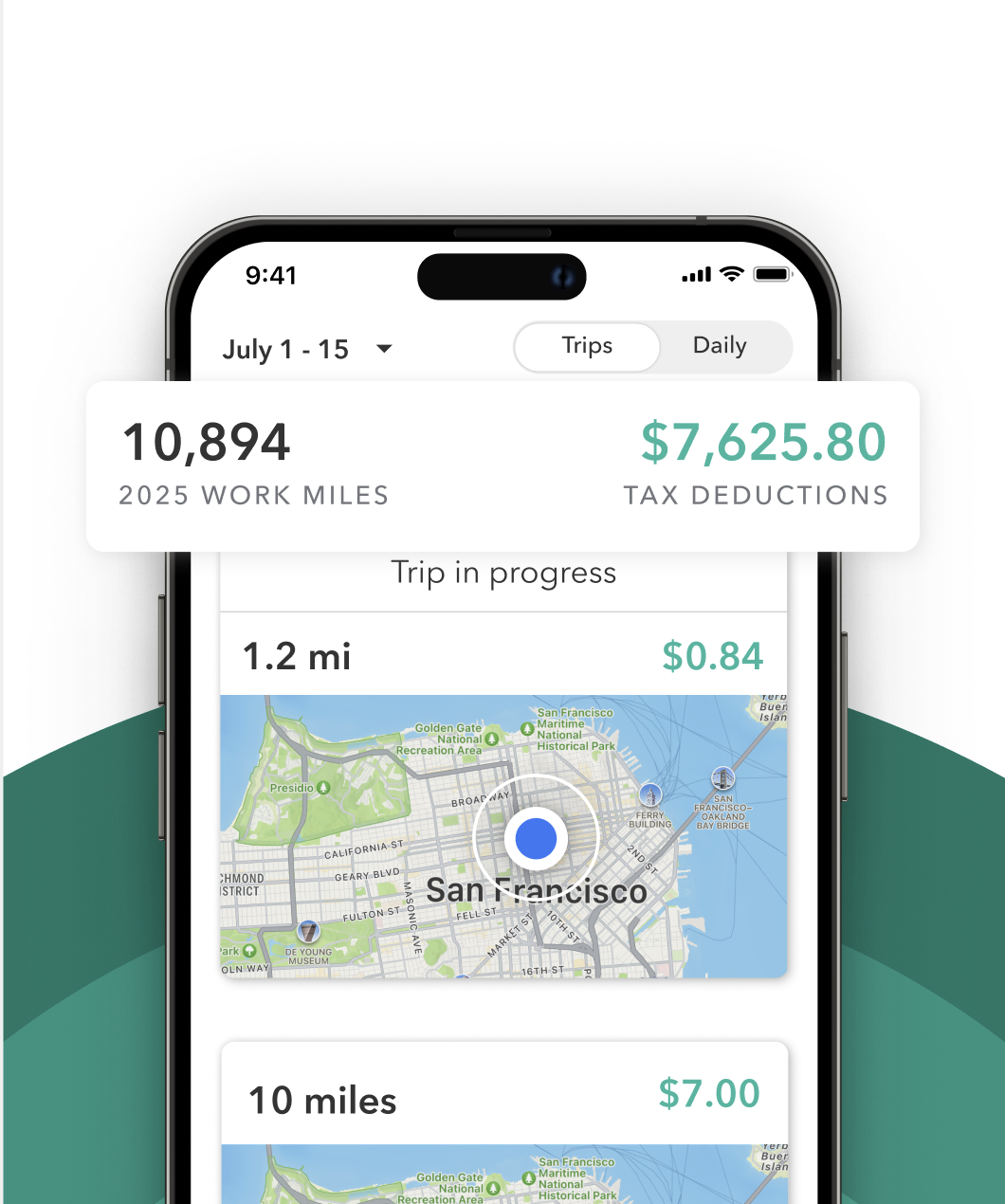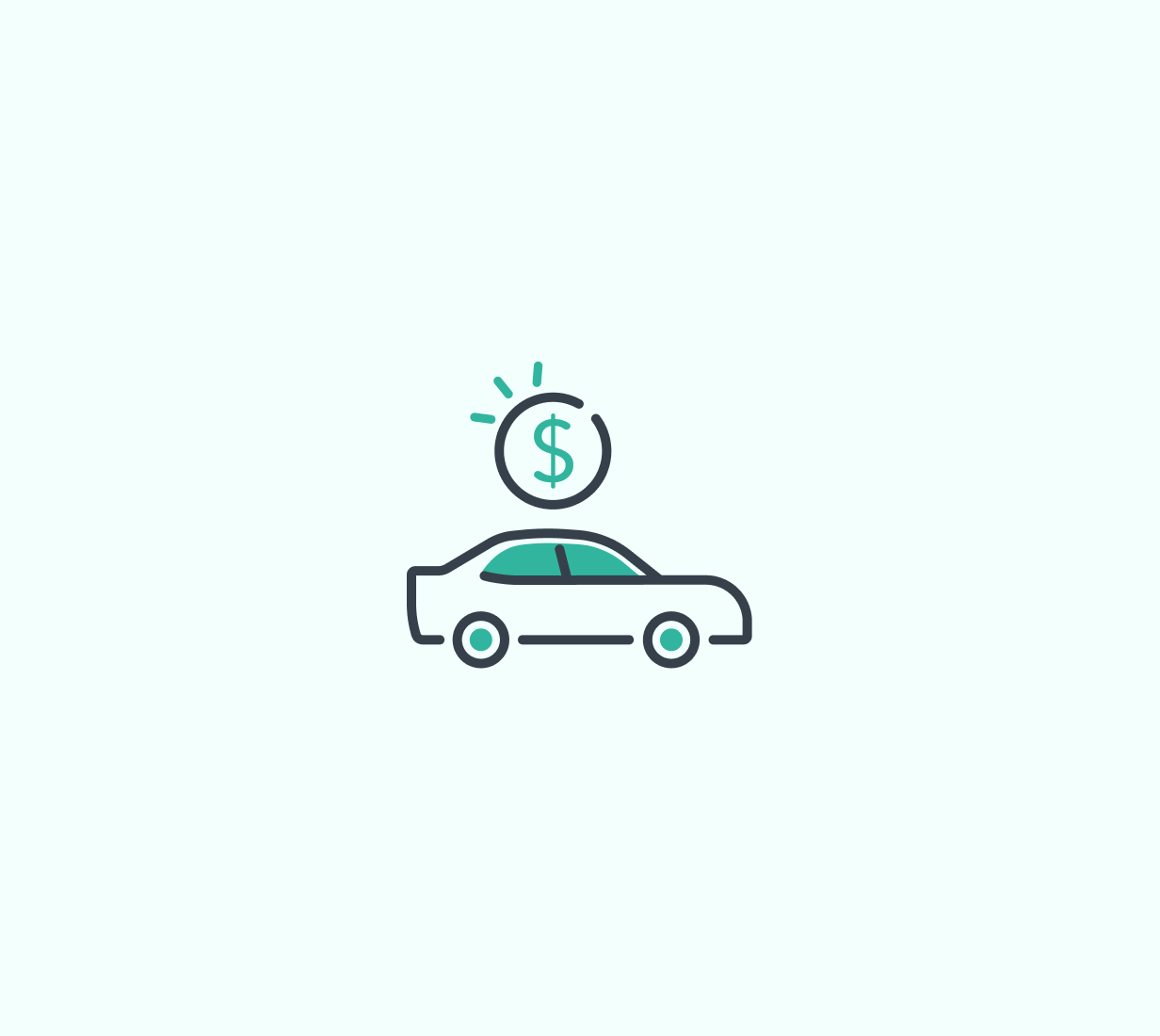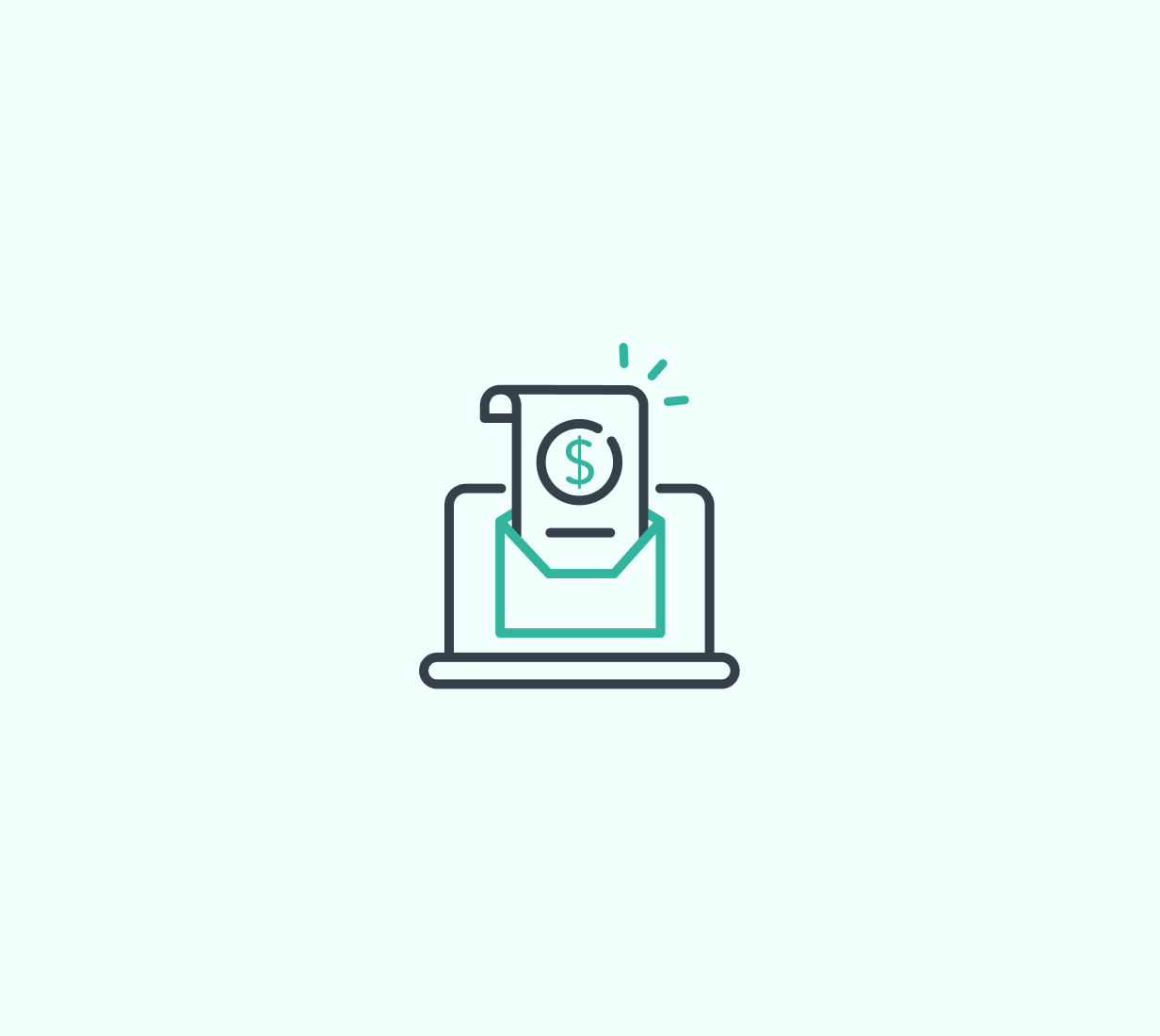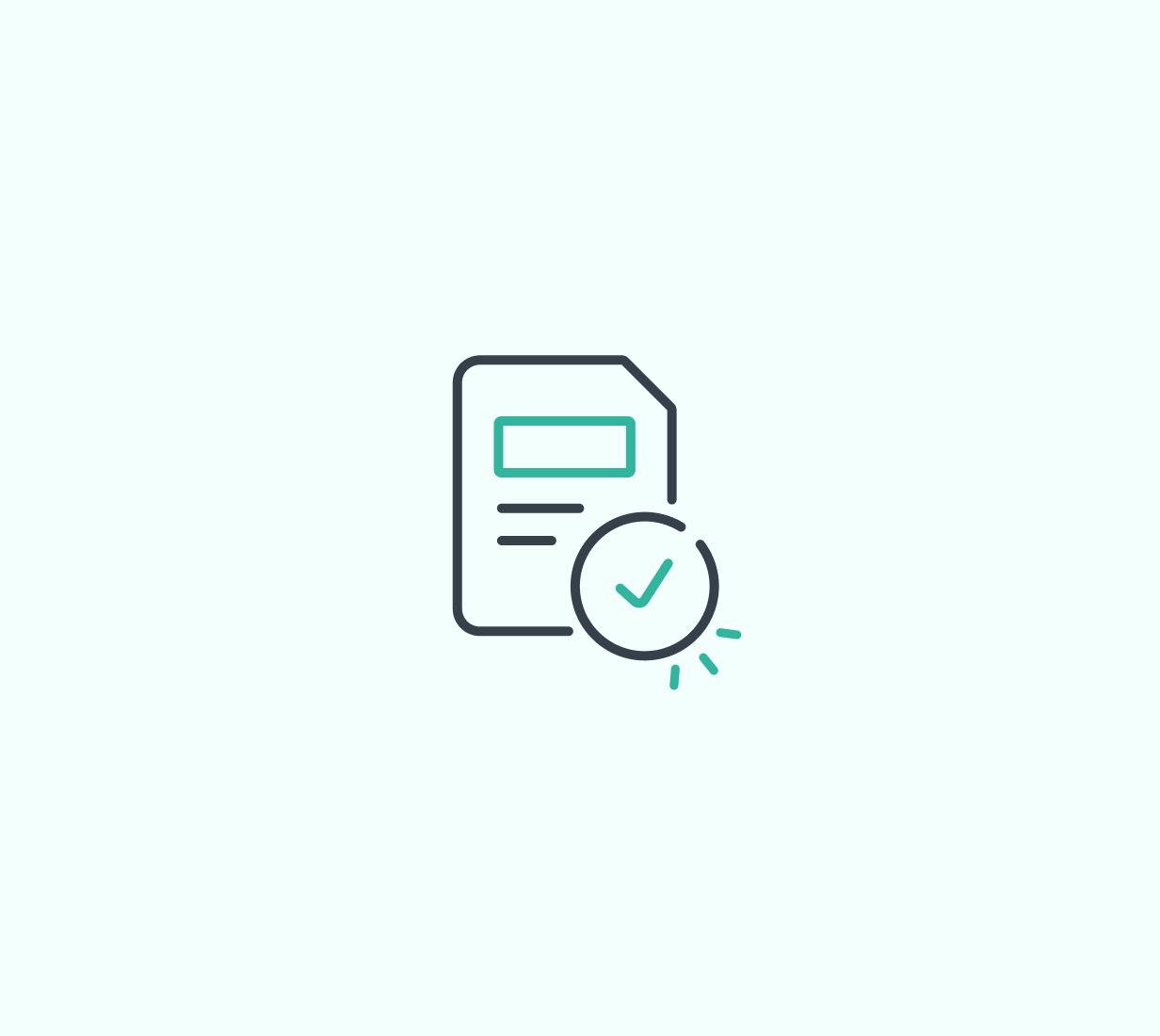How Much Do Lyft Drivers Make?
Driving for Lyft is one of the most flexible ways to earn income on your own schedule. But one of the biggest questions for new and potential drivers is simple: how much can you actually make? The answer depends on where you drive, when you drive, and how you manage your expenses.
This guide breaks down how Lyft driver pay works, what factors impact your earnings, and how to increase your take-home pay.
How Lyft Driver Pay Works
Lyft drivers earn money through three main sources: base fares, tips, and bonuses. You’re paid per ride, but the exact amount can vary depending on distance, time, and local demand. Lyft uses a dynamic pricing system, which means that rates can increase during peak times or in high-demand areas.
You also keep 100% of the tips you receive, and Lyft may offer bonuses or incentives for completing a certain number of rides or driving during specific hours.
Average Lyft Driver Earnings
According to Lyft’s own data and driver reports, average earnings usually fall between $15 and $30 per hour before expenses. Some drivers in high-demand cities report making more, especially if they work during peak hours or take advantage of bonuses.
However, those numbers don’t account for (deductible) expenses like fuel, maintenance, or taxes. Once you subtract those costs, your net earnings may be lower.
Here’s a general breakdown of what drivers can expect:
- New or part-time drivers: $100–$300 per week
- Consistent part-time drivers: $500–$800 per week
- Full-time drivers: $1,000–$1,500+ per week
These numbers vary significantly based on location, hours worked, and driving habits.
Factors That Affect Lyft Driver Income
Where You Drive
Drivers in larger cities with high population density and strong rider demand often earn more per hour than those in rural or suburban areas. Urban areas also tend to have more frequent peak pricing, which boosts pay.
When You Drive
Driving during peak hours like weekday rush hours, weekend evenings, and special events can lead to higher earnings. These are times when both base pay and tips tend to increase. Lyft’s bonuses are also more likely to activate during these windows.
How Many Hours You Drive
The more rides you give, the more you earn. Drivers who are consistent with their schedule and treat it like a job tend to earn more. That said, working smarter during peak periods is often more efficient than driving more hours with less demand.
Driver Ratings and Customer Service
Maintaining high ratings can help you stay eligible for bonuses and earn more in tips. Communicating clearly, arriving on time, and keeping your car clean can improve your chances of receiving generous tips or 5-star ratings.
Bonuses and Promotions
Lyft offers a variety of promotions such as ride streaks (completing a set number of rides in a row), consecutive ride bonuses, and challenges. These incentives can add a significant amount to your earnings when used strategically.
Managing Expenses to Maximize Take-Home Pay
It’s important to understand that Lyft drivers are responsible for their own vehicle costs, including:
- Gas and maintenance
- Insurance
- Phone plans and accessories
- Car washes and detailing
Tracking your Lyft mileage and expenses can help you claim tax deductions that reduce how much you owe. Many drivers use the IRS standard mileage deduction to simplify their recordkeeping. In addition to lowering your taxable income, these deductions give you a clearer picture of what you’re truly earning.
Using Everlance can help you automatically track your trips and expenses, so you know your real earnings after expenses and taxes.
How to Increase Your Lyft Earnings
If you’re looking to boost your pay, here are a few tips:
- Work during peak hours and in high-demand areas
- Sign up for and complete Lyft bonuses
- Keep your vehicle in top shape to avoid downtime
- Use a mileage tracking app for Lyft to maximize tax deductions
- Avoid long waits or low-fare rides that aren’t worth your time
- Monitor local events or airport rushes to catch high-volume ride times
Full-Time vs. Part-Time Lyft Drivers
Some drivers use Lyft as a full-time job, while others drive just a few hours a week. Full-time drivers tend to earn more overall, but they also incur more vehicle-related expenses. Part-time drivers often have more control over which rides they accept and when they drive, which can improve efficiency.
Either way, your earnings potential with Lyft comes down to strategy. By working smart and managing your costs, both full-time and part-time drivers can make rideshare work for their financial goals.
So how much do Lyft drivers make? It depends. While most drivers earn between $15 and $30 per hour before expenses, your actual take-home pay will vary based on where, when, and how you drive. With the right approach, consistent strategy, and smart expense tracking, Lyft can be a flexible way to bring in extra income or even a full-time paycheck.
Ready to make the most of your Lyft earnings? Everlance & Lyft have partnered to help drivers never miss a mile or expenses, and maximize their tax deductions so they can keep more of what they earn.











